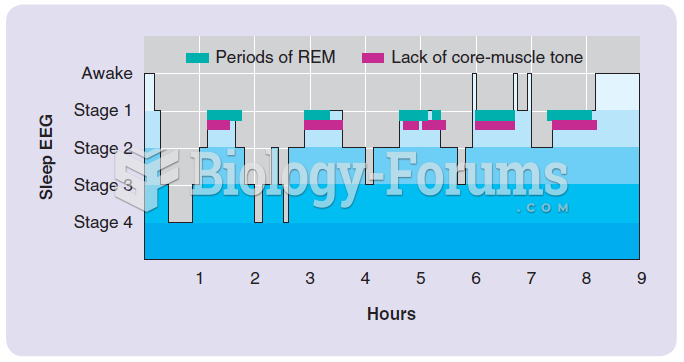|
|
|
Patients should never assume they are being given the appropriate drugs. They should make sure they know which drugs are being prescribed, and always double-check that the drugs received match the prescription.
In 1886, William Bates reported on the discovery of a substance produced by the adrenal gland that turned out to be epinephrine (adrenaline). In 1904, this drug was first artificially synthesized by Friedrich Stolz.
More than 34,000 trademarked medication names and more than 10,000 generic medication names are in use in the United States.
The average older adult in the United States takes five prescription drugs per day. Half of these drugs contain a sedative. Alcohol should therefore be avoided by most senior citizens because of the dangerous interactions between alcohol and sedatives.
If you use artificial sweeteners, such as cyclamates, your eyes may be more sensitive to light. Other factors that will make your eyes more sensitive to light include use of antibiotics, oral contraceptives, hypertension medications, diuretics, and antidiabetic medications.
 Young male Pacific Walruses on Cape Pierce in Alaska. Note the variation in the curvature and orient
Young male Pacific Walruses on Cape Pierce in Alaska. Note the variation in the curvature and orient
 The course of EEG stages during a typical night’s sleep and the relation of emergent stage 1 EEG ...
The course of EEG stages during a typical night’s sleep and the relation of emergent stage 1 EEG ...





